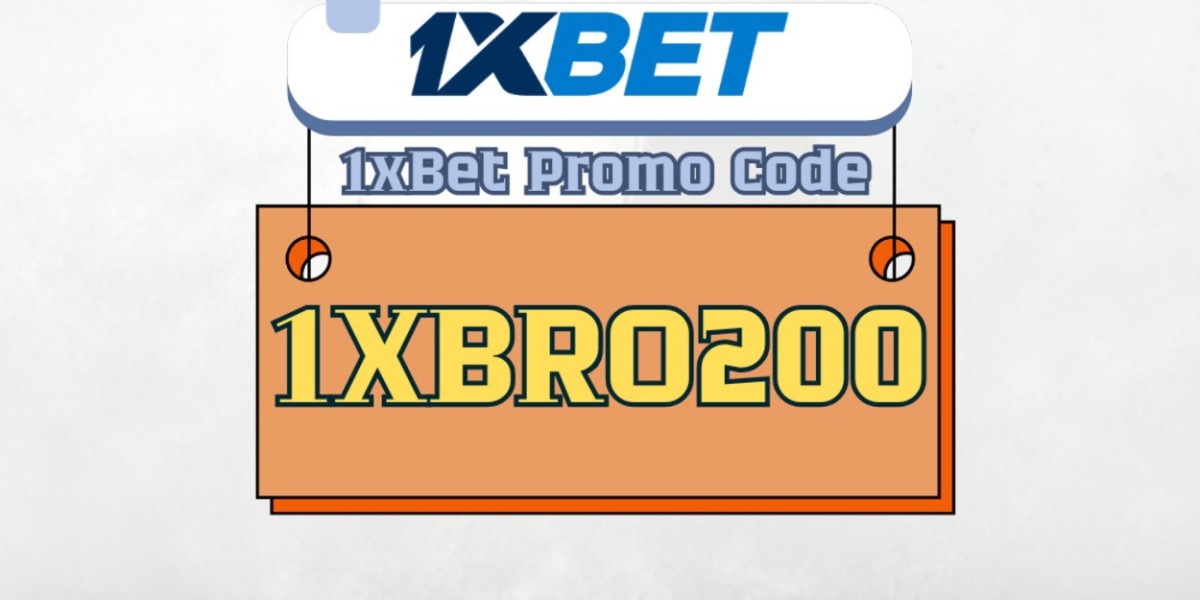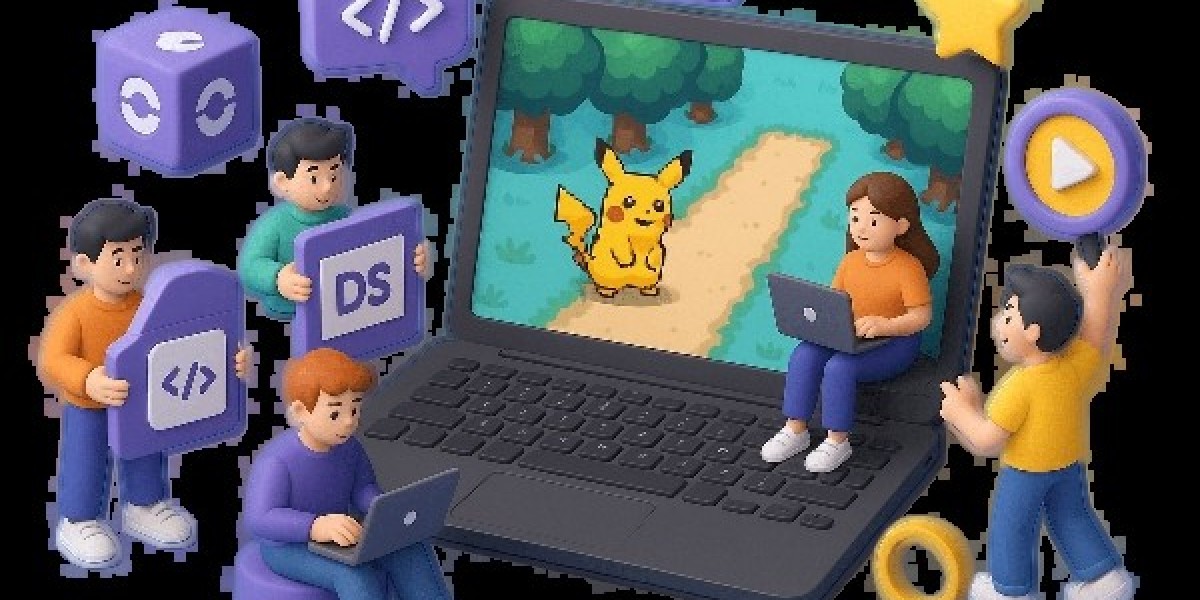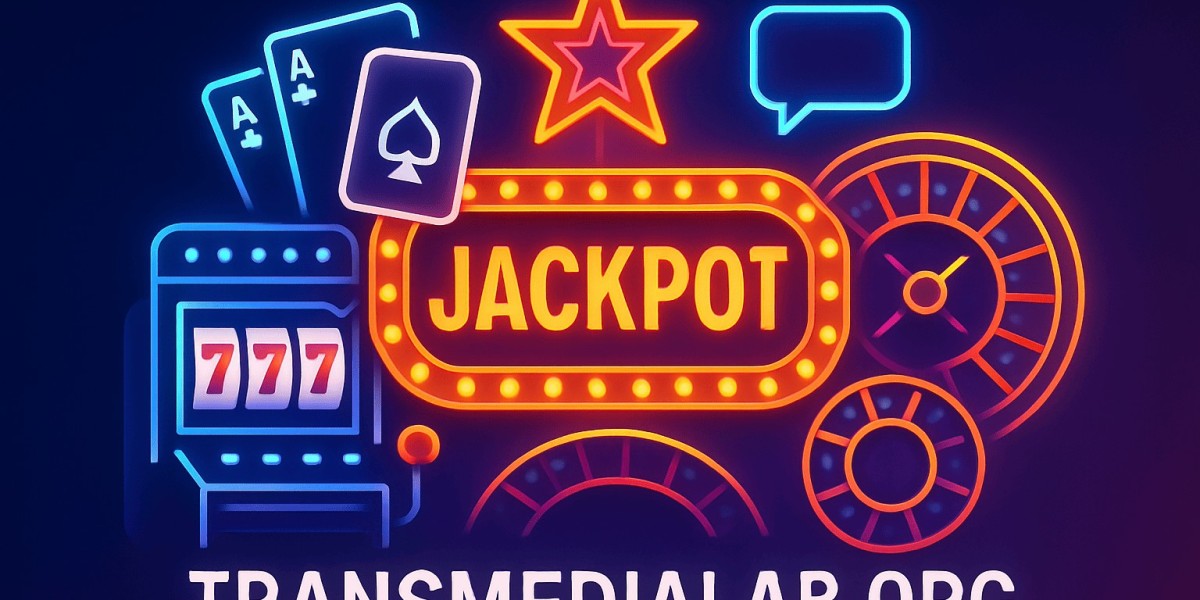In the dynamic world of forex and commodities, currency futures offer traders a powerful way to profit from fluctuations in exchange rates. However, trading these contracts comes with significant risk, especially for beginners. That’s where paper trading comes in—a risk-free method to learn and practice before entering the real market.
This article explores the importance of paper trading for mastering currency futures, how it works, and how to make the most of your simulated experience to build long-term trading confidence and skill.
What Are Currency Futures?
Currency futures are standardized contracts to buy or sell a specific currency at a future date and at a predetermined price. Unlike the over-the-counter (OTC) forex market, currency futures are traded on centralized exchanges such as the Chicago Mercantile Exchange (CME).
Examples include:
EUR/USD Futures
GBP/USD Futures
JPY/USD Futures
These instruments are used by speculators, corporations, and institutions to hedge against currency risks or to profit from price fluctuations.
Why Paper Trading Matters
Paper trading is the practice of simulating trades without using real money. It's like a flight simulator for traders—a training ground where mistakes don’t cost anything. Many online brokers and trading platforms offer demo accounts for this purpose.
Here’s why paper trading is invaluable:
1. Builds Confidence Without Risk
You can learn how currency futures work, how margin and leverage affect your trades, and how to execute strategies—all without risking capital.
2. Tests Strategies in Real-Time
Paper trading allows you to implement and refine your trading strategy under real market conditions. You get immediate feedback, which helps in fine-tuning your approach.
3. Understands Platform Tools
Navigating order types, charts, technical indicators, and market depth tools takes practice. Paper trading gives you the chance to get comfortable with your chosen platform.
4. Teaches Discipline
Even in a simulated environment, you can practice using stop-losses, setting risk-reward ratios, and managing positions with discipline.
How to Start Paper Trading Currency Futures
1. Choose a Broker That Offers Simulated Futures Trading
Look for platforms like:
Thinkorswim (TD Ameritrade)
NinjaTrader
TradeStation
Interactive Brokers
These offer realistic trading environments with access to live market data.
2. Set Realistic Starting Capital
Simulate with an amount similar to what you would invest in real life. This helps you develop a practical trading mindset.
3. Develop and Document Your Strategy
Are you a trend follower or a mean reversion trader? Test your ideas, document the outcomes, and analyze your performance.
4. Track and Analyze Results
Use trading journals or spreadsheets to record your simulated trades. Evaluate what worked, what didn’t, and why.
Common Currency Futures Trading Strategies to Practice
Breakout Trading: Buying when the price moves above a key resistance or selling when it breaks support.
Carry Trade Simulation: Benefiting from interest rate differentials.
Hedging Practice: Simulating how businesses or investors hedge against currency exposure.
News-Based Trading: Reacting to macroeconomic news like interest rate decisions or employment reports.
When to Transition from Paper to Real Trading
Paper trading is an excellent tool, but it can’t fully replicate the emotional aspect of real trading. You might execute flawlessly in a demo account, only to find yourself hesitating or overreacting when real money is involved.
Transition when:
You’ve consistently made profits over at least 3 months.
You’ve documented a clear, repeatable strategy.
You understand margin requirements and risk management.
You're psychologically ready to handle losses.
Start small with real trades, gradually increasing your size as confidence grows.






